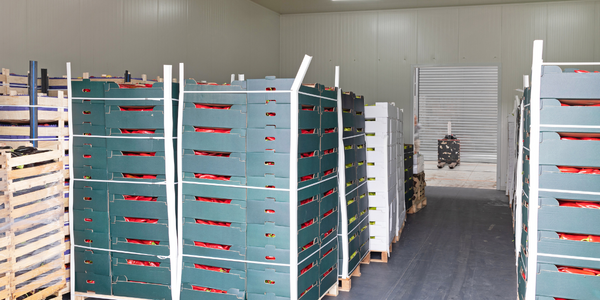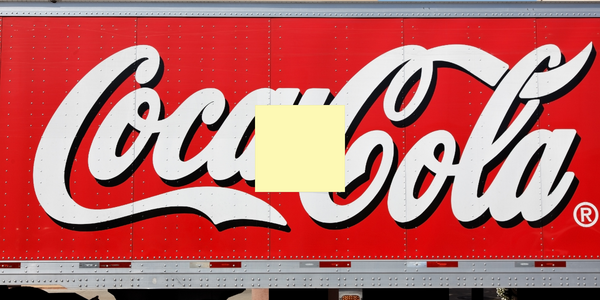公司规模
SME
地区
- Europe
国家
- Switzerland
产品
- DocuWare
- Sage 200
技术栈
- Document Management System
实施规模
- Enterprise-wide Deployment
影响指标
- Productivity Improvements
- Cost Savings
技术
- 功能应用 - 企业资源规划系统 (ERP)
适用行业
- 食品与饮料
适用功能
- 物流运输
- 采购
用例
- 供应链可见性(SCV)
- 库存管理
服务
- 系统集成
关于客户
Walker Group 是一家家族式奶酪生产商和零售商,总部位于瑞士瓦莱州。该公司为酒店、餐厅、食堂厨房和零售业提供约 9,000 种不同的产品。他们拥有运作良好的物流,确保可靠的配送,即使是偏远的山区餐厅也是如此。该公司在比奇、采尔马特和马丁纳赫设有办事处。他们与大约 150 家供应商和 200 多家服务提供商合作。该公司正在寻找一种解决方案来简化他们的发票审批流程,该流程以前需要大量纸张,而且容易出错。
挑战
Walker Group 是瑞士的一家奶酪生产商和零售商,其发票审批流程耗时长且容易出错,令其苦不堪言。该公司为酒店、餐厅、食堂厨房和零售业提供约 9,000 种不同的产品,必须检查来自约 150 家供应商和 200 多家服务提供商的发票。该流程需要大量纸张,需要多次手动审批,导致效率低下和错误。该公司希望引入文档管理系统 (DMS) 来简化此流程并确保高效的管理工作流程。他们正在寻找一种解决方案,可以在发票审批流程中提供更高的可靠性和可追溯性。
解决方案
该公司决定实施文档管理系统 (DMS) DocuWare,以简化其发票审批流程。DMS 于 2020 年 5 月推出,并迅速整合到所有部门以进行发票审批。该系统允许将所有收到的发票归档到中央文档池中。供应商通过电子邮件发送大约一半的发票,这些发票通过拖放功能归档到 DocuWare 中。纸质发票被扫描,在会计程序中输入关键字,分配给职员或部门,然后归档。这会自动启动工作流程。发票出现在负责的职员的任务列表中以供审核。发票经过检查和批准后,会自动在会计软件中显示为“已发布”,并可包含在后续付款运行中。
运营影响
数量效益

Case Study missing?
Start adding your own!
Register with your work email and create a new case study profile for your business.
相关案例.

Case Study
The Kellogg Company
Kellogg keeps a close eye on its trade spend, analyzing large volumes of data and running complex simulations to predict which promotional activities will be the most effective. Kellogg needed to decrease the trade spend but its traditional relational database on premises could not keep up with the pace of demand.

Case Study
HEINEKEN Uses the Cloud to Reach 10.5 Million Consumers
For 2012 campaign, the Bond promotion, it planned to launch the campaign at the same time everywhere on the planet. That created unprecedented challenges for HEINEKEN—nowhere more so than in its technology operation. The primary digital content for the campaign was a 100-megabyte movie that had to play flawlessly for millions of viewers worldwide. After all, Bond never fails. No one was going to tolerate a technology failure that might bruise his brand.Previously, HEINEKEN had supported digital media at its outsourced datacenter. But that datacenter lacked the computing resources HEINEKEN needed, and building them—especially to support peak traffic that would total millions of simultaneous hits—would have been both time-consuming and expensive. Nor would it have provided the geographic reach that HEINEKEN needed to minimize latency worldwide.

Case Study
Energy Management System at Sugar Industry
The company wanted to use the information from the system to claim under the renewable energy certificate scheme. The benefit to the company under the renewable energy certificates is Rs 75 million a year. To enable the above, an end-to-end solution for load monitoring, consumption monitoring, online data monitoring, automatic meter data acquisition which can be exported to SAP and other applications is required.

Case Study
Coca Cola Swaziland Conco Case Study
Coco Cola Swaziland, South Africa would like to find a solution that would enable the following results: - Reduce energy consumption by 20% in one year. - Formulate a series of strategic initiatives that would enlist the commitment of corporate management and create employee awareness while helping meet departmental targets and investing in tools that assist with energy management. - Formulate a series of tactical initiatives that would optimize energy usage on the shop floor. These would include charging forklifts and running cold rooms only during off-peak periods, running the dust extractors only during working hours and basing lights and air-conditioning on someone’s presence. - Increase visibility into the factory and other processes. - Enable limited, non-intrusive control functions for certain processes.

Case Study
Temperature Monitoring for Restaurant Food Storage
When it came to implementing a solution, Mr. Nesbitt had an idea of what functionality that he wanted. Although not mandated by Health Canada, Mr. Nesbitt wanted to ensure quality control issues met the highest possible standards as part of his commitment to top-of-class food services. This wish list included an easy-to use temperature-monitoring system that could provide a visible display of the temperatures of all of his refrigerators and freezers, including historical information so that he could review the performance of his equipment. It also had to provide alert notification (but email alerts and SMS text message alerts) to alert key staff in the event that a cooling system was exceeding pre-set warning limits.

Case Study
Coca-Cola Refreshments, U.S.
Coca-Cola Refreshments owns and manages Coca-Cola branded refrigerators in retail establishments. Legacy systems were used to locate equipment information by logging onto multiple servers which took up to 8 hours to update information on 30-40 units. The company had no overall visibility into equipment status or maintenance history.







